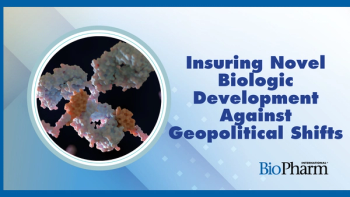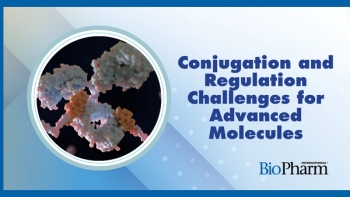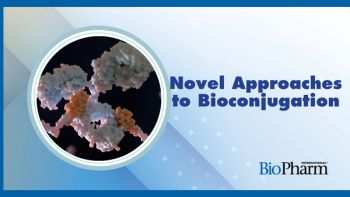
- BioPharm International-09-01-2019
- Volume 32
- Issue 9
Dealing with particulates or aggregates in biologics
Particulates or aggregates are a notable challenge for injectables, but there are several methods available to help with identification during formulation and development.
Particulates or aggregates can have a detrimental effect on the efficacy and safety of a biological drug in a number of ways. Aggregation, for example, can lead to, or be a consequence of, misfolded proteins in an inactive state, explains Alex Perieteanu, director, biopharmaceutical services at SGS Agriculture, Food and Life. “This effectively reduces the amount of soluble, active molecule able to perform its intended function,” he says. “Alternatively, even if the molecule remains active, an immune response can result in antibody-mediated neutralization of the protein’s activity or in its bioavailability.”
Certain methods can be employed to identify particulates or aggregates in a biological formulation. Perieteanu states that for insoluble aggregates, it is possible to simply use visual appearance for detection when larger particles have formed. “Light obscuration is employed to determine particle counts in the >2 µm, >5 µm, >10 µm, >25 µm range, and to ensure that requirements for injectables, or ophthalmics are met per United States Pharmacopeia (USP) <787>, USP <788>, or USP <789>,” he adds.
In instances where light obscuration is not feasible due to the extensive formation of bubbles or color, it is more suitable to use microscopic evaluation of sub-visible particles, although, this technique is more labor intensive, Perietenau notes. “Additionally, microflow imaging can look at a similar range of particulate sizes to get more detailed understanding of morphology and distribution,” he says.
If the particulates or aggregates are soluble, it is common practice to use techniques such as sodium dodecyl sulfate-polyacrylamide gel electrophoresis/capillary gel electrophoresis (SDS-PAGE/CGE), size-exclusion chromatography (SEC) using multi-angled light scattering (MALS), and analytical ultracentrifugation, Perieteanu asserts.
Articles in this issue
over 6 years ago
Improving Oligonucleotide Analysisover 6 years ago
Putting Biopharma Stability Testing Under the Microscopeover 6 years ago
What’s New in Manufacturing: Process Chromatographyover 6 years ago
More Predictable Post-Approval Change Policy on Horizonover 6 years ago
Best Practices for Studying Stability in Biologicsover 6 years ago
Developing an Effective Contamination Control Strategyover 6 years ago
Biologics Continue to Grow and Create Outsourcing Opportunitiesover 6 years ago
Plan Now to Share Your Expertise in 2020over 6 years ago
Seeking Solutions for Large-Scale GMP Viral Vector ManufacturingNewsletter
Stay at the forefront of biopharmaceutical innovation—subscribe to BioPharm International for expert insights on drug development, manufacturing, compliance, and more.




